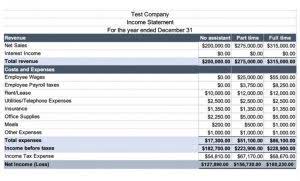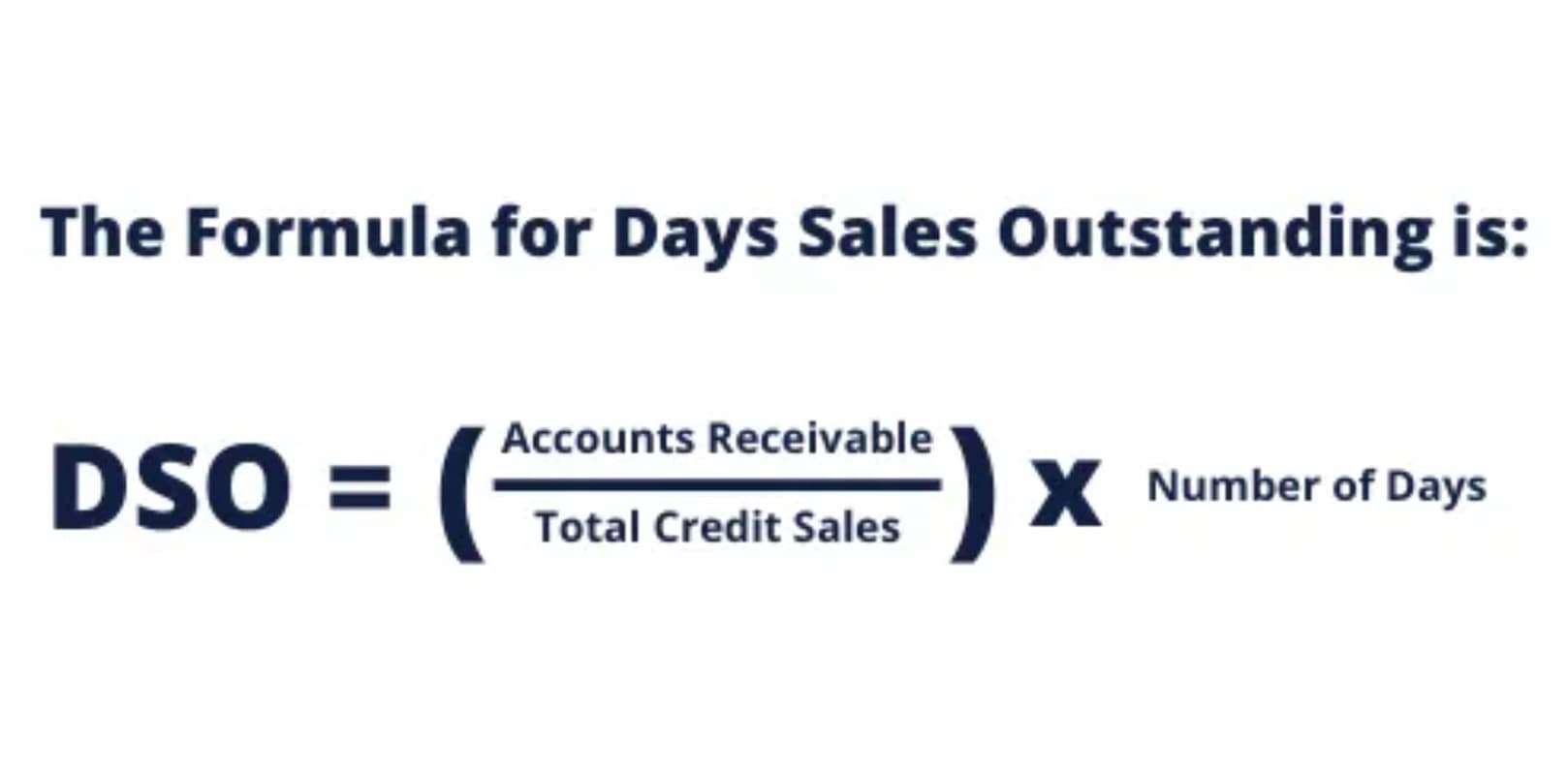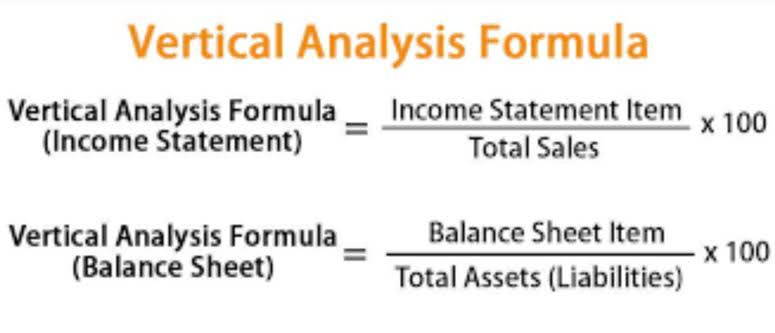Text 1: The most common transcription errors Estoria de Espanna Digital
Alcohol Facts and Statistics National Institute on Alcohol Abuse and Alcoholism NIAAA
October 2, 2023Virtual Data Bedroom Market — Global Prospect to 2021
October 8, 2023Text 1: The most common transcription errors Estoria de Espanna Digital

These reporter systems have been invaluable to researchers’ understanding of transcriptional fidelity because they allowed genes, alleles, and molecular mechanisms to be identified that directly regulate the fidelity of transcription. However, they only report on errors in artificially damaged templates, or within highly specific genetic contexts, which limits the scientific questions they can answer. An important advantage of the C-seq protocol is that it monitors the fidelity of transcription throughout the entire transcriptome5, greatly expanding the scientific knowledge of the accuracy with which genetic information is expressed. Secondly, because the C-seq assay utilizes RNA as its source material, it is likely that this assay can be adapted to any organism of choice, obviating the need to generate complicated reporter constructs for each transgenic model. This protocol also has advantages over existing massively parallel sequencing approaches17,22.
Defining MTEs and formulating scenarios representing error situations
This is in contrast to the 9 wrong patient errors (0.58%) identified through the HCS transcription error queue. Only 4 other types of errors (wrong drug, wrong dose, omission, and overt error not otherwise classified) were formally reported. Over 3 months of data collection, 1,563 NMTEs identified by pharmacists were reported in the HCS transcription error queue, corresponding to an overall error detection rate of 0.34%.
Availability of data and materials
During that time, only 12 NMTEs identified by pharmacists were reported through what is one way to check for an error caused by transposed numbers? the institution’s formal reporting system, corresponded to an overall error detection rate of 0.0026%. Previously, the institution actively tracked medication errors via an internally developed formal, comprehensive, anonymous, Web-based, error-reporting form. Institution policy encouraged the reporting of all medication errors, including near misses. Upon completion of an error report by an individual, data from the error report are entered into a Microsoft Access database and are given a series of “tags” and other identifiers that allow different types of errors to be grouped together and trended. In the 3 months preceding data collection for the current study, a total of 294 events were reported through this pathway. Of these 294 events, 68 stemmed from the transcription node and 24 of which could be classified as near misses.

Methods:
Notably, transcription errors, although transient in nature, may result in heritable changes in cellular phenotypes, as has been indicated in studies utilizing the lac operon in bacteria (Gordon et al., 2009, 2013; Gamba and Zenkin, 2017). Additionally, it should be stressed that RNAs are not just templates for protein synthesis, but can interact with proteins, DNA and other RNAs, and can have catalyzing properties themselves. The notion that RNAs could switch to other functional states by the introduction of error-induced sequence differences should be explored further. To stop transcription errors from taking place a good process for quality control is important. Just implementing some spell-checking software could reduce greatly transcription errors taking place.

Another study defined MTEs as incomplete and/or wrong transcription of a medication order 7. Garcia-Ramos and Baldominos Utrilla described MTEs as when the medication prescription did not match with what was transcribed on the nurse’s administration form 18. In Fahimi et al., MTEs were defined as deviations in transcription of medication orders from the previous step, this could occur on an order sheet, notes, and/or documentations in the pharmacy database 11. Finally, Lisby et al. defined MTEs as discrepancies in the names of the drugs, their formulations, routes of administration, doses, dosing regimens, omission of drugs, or addition of drugs which were not ordered or prescribed 19. A transcription error is a mistake made when a person is performing data entry from one form of recorded documentation to another, usually a computer-oriented text document or electronic records system.
- These errors are usually accidental and can happen when a transcriber (human or machine) records source information incorrectly or enters the information incorrectly into the electronic system.
- Certain businesses, such as medical and legal offices, regularly require hand-written notes, audio tapes and other informal documents to be transcribed into a formal electronic version.
- This is because they transcribe large quantities of hand-written notes, audio tapes and other types of unstructured text documents into electronic formats, and errors occur during the transcription process.
- Medication administration errors can be as simple as an extra 0 (10mg to 100mg) to issues with metric measurements (grams to milligrams).
- Obviously, methodological variation in defining what constitutes a medication error might have a significant impact on the error rates researchers disseminate in their studies reporting on medication errors 8, 9, 16, 17.
#1 Understanding Word Error Rate
For example, RNA polymerases have long been known to be error-prone in vitro1,2, and recently it was shown that they commit errors in vivo as well3,5,6, particularly when confronted with DNA damage7,8,9,10. Taken together, these observations indicate that transcription errors occur continuously in all living cells, suggesting that they could be a potent source of mutated proteins. Misspelling a medication’s name was considered a MTE when the misspelling was major and might lead difficulty recognizing the medication. Similarly, the panelists were divisive to recording transactions decide whether to consider omission of the transcriber’s signature as a MTE error or not when the guidelines require so.
- Each day, large amounts of information are transcribed by transcribers and it is often important for them to work at a fast rate which means mistakes invariably take place.
- Personnel involved in transcription should be well-trained in handling confidential information and bound by strict non-disclosure agreements.
- It turned out that the man was saying that ex-slaves “sure been poor,” a straightforward statement.
- Taken together, these observations indicate that transcription errors occur continuously in all living cells, suggesting that they could be a potent source of mutated proteins.
- We have already received more than 160 contributions, and there are a further 100 people signed up who we hope will begin transcribing soon.
- We can correct this error by making a debit entry to cash by $9 and a credit entry to telephone expense by $9.
How to avoid common transcription mistakes
For example, while several labs have devised valuable reporter assays for the study of transcriptional mutagenesis, these assays are only able to measure transcription errors in a limited number of contexts and model organisms4,15. To overcome these limitations, many researchers have turned to RNA sequencing technology (RNA-seq), which theoretically allows transcription errors to be recorded throughout the transcriptome of any species. However, these studies are easily confounded by library construction artifacts, such as reverse transcription errors, PCR amplification errors, and the error-prone nature of sequencing itself.

Consensus was achieve to accept the definition and to consider 69 of the 76 proposed scenarios (77.6%) as MTEs, exclude 3 scenarios (3.9%), and 4 scenarios (5.3%) remained equivocal. https://www.bookstime.com/ Equivocal scenarios might be considered as MTEs or not depending on the clinical situation. The articles and research support materials available on this site are educational and are not intended to be investment or tax advice. All such information is provided solely for convenience purposes only and all users thereof should be guided accordingly.
- By understanding industry-specific word error rate benchmarks, transcription services can tailor their processes and training to meet these standards.
- In contrast, errors introduced by reverse transcription, PCR amplification, or sequencing tend to arise randomly, and will thus be present in only one or two repeats.
- Human transcription errors are usually the result of typographical mistakes caused by striking the wrong key on a keyboard or by striking two or more wrong keys because of finger-keyboard misalignment.
- It’s a tool that helps transcription services maintain high standards of accuracy, ensuring that they provide reliable and faithful renditions of spoken content.
- Upon arrival of these transcripts to the pharmacy, pharmacists dispense the corresponding volumes and doses of the prescribed medications.
Auditing transcription errors in medical research databases

To the best of our knowledge, this is the first study in which MTEs are addressed using a formal consensus technique. Medication errors are defined differently and many definition of medication errors were previously reported 13,14,15. Obviously, methodological variation in defining what constitutes a medication error might have a significant impact on the error rates researchers disseminate in their studies reporting on medication errors 8, 9, 16, 17. Researchers might use different definitions or scenarios representing medication error situations which ultimately would lead to variability in error rates reported in their studies. Therefore, defining medication errors is a step of paramount importance in analyzing the incidence and prevalence of medication errors in a particular setting. Formal consensus techniques have been used to reduce discrepancies in what constitutes a medication error and to achieve consensus on definitions and scenarios representing error situations.
